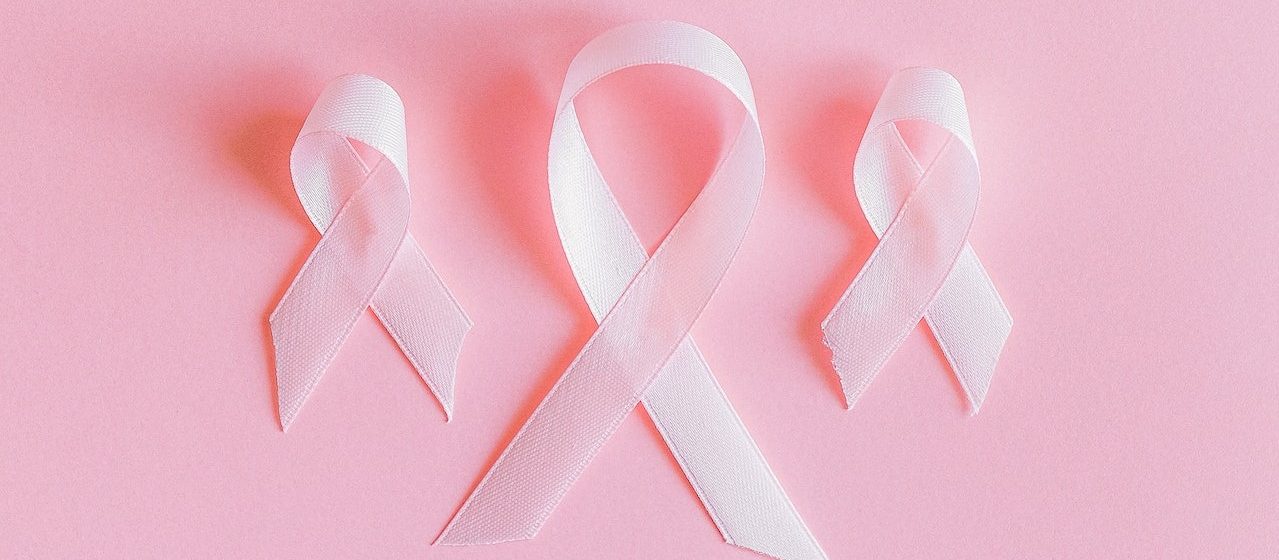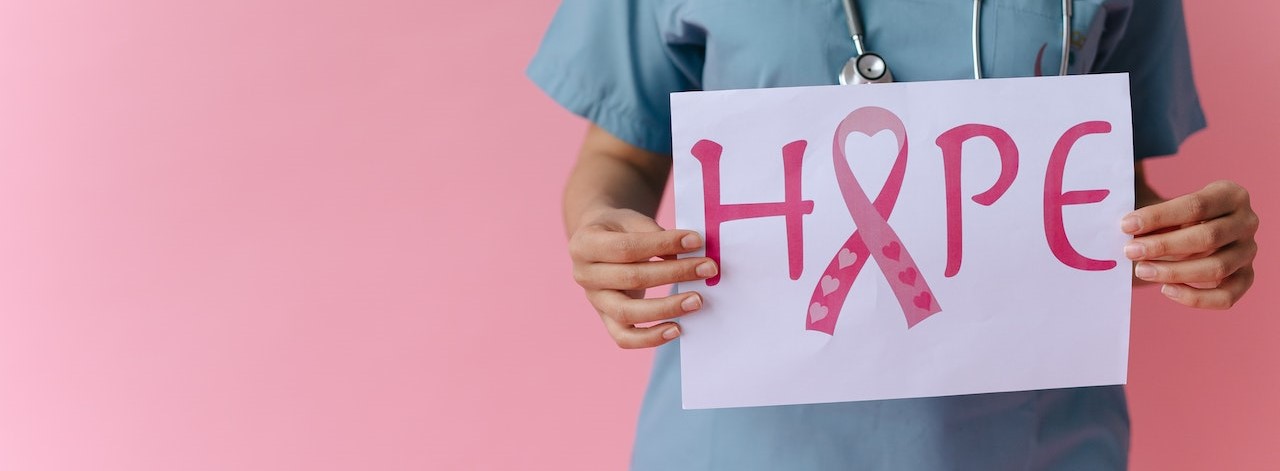Stages of Breast Cancer

Photo by Anna Shvets under Pexels License
Know the Stages of Breast Cancer and Help Fight the Disease with Your Car Donation
When a person is diagnosed with breast cancer, doctors will seek to determine the stage of the disease or how far it has spread. It is important to know the stage because it will help determine the best option to contain and put an end to the disease.
How to Determine the Stages of Breast Cancer
The stage of breast cancer is based on the size of the tumor inside the breast, the number of affected lymph nodes, the closest lymph nodes located under the arm or axillary area, and signs of the spread of cancer to other organs of the body. If cancer has spread or metastasized, it can be found in the bones, liver, lungs or brain.
Breast Cancer Stages
Stage 0. This is for non-invasive breast cancers such as DCIS (ductal carcinoma in situ). At this stage, there is no evident spread yet of cancerous cells in the breast area where they developed.
Stage I. This is the first stage of invasive breast cancer, indicating that cancer cells have broken through to attack healthy tissues.
Stage IA. Here, the tumor can measure up to 2 cm or smaller but has not spread to the lymph nodes.
Stage IB. Here, small groups of cancer cells have found their way to the lymph nodes, with each of the small tumors measuring 0.2 mm to 2.0 mm. This stage may or may not have a tumor larger than 2 cm.
Stage II. Here, breast cancer is growing. However, it is still limited in the breast or its growth has only reached the nearby lymph nodes. It is divided into two groups, which are Stage IIA and IIB.
Stage IIA. Cancer here may or may not have a tumor less than 2 cm, with cancerous cells present in less than four axillary lymph nodes. It can also have a tumor that is between 2 cm and 5 cm but has not yet spread throughout the lymph nodes.
Stage IIB. Here, there is a tumor that is between 2 cm and 5 cm and cancer cells have spread to less than four axillary lymph nodes. It can also have a tumor that is larger than 5 cm but has not spread to any of the axillary lymph nodes.
Stage III. Breast cancer has pushed beyond the region of the tumor and may have attacked nearby lymph nodes and muscles but not in other areas of the body. It is divided into three groups, which are Stage IIIA, IIIB, and IIIC.
Stage IIIA. The tumor here can be in any size, and four to nine lymph nodes are now affected by cancer. It can also have a tumor larger than 5 cm with either small groups of cancer cells in the lymph nodes that is 0.2 mm to 2.0 mm big or cancer spreading to one to three lymph nodes under the arm or close to the breastbone.
Stage IIIB. The tumor here can be of any size and cancer has attacked the chest wall or breast skin. It can be seen as swelling, inflammation, or ulcers. The breast cancer may have also attacked up to nine lymph nodes nearby.
Stage IIIC. The tumor here can be of any size. Cancer here has started attacking the chest wall or breast skin with 10 or more lymph nodes present under the arm. Cancer attacking the lymph nodes has reached the collarbone area or under the arm and close to the breastbone.
Stage IV. At this stage, breast cancer has spread beyond the breast and nearby lymph nodes to other areas of the body such as the brain, lungs, bones, liver or skin.
Help Fight Breast Cancer

Photo by Thirdman under Pexels License
If you happen to have an old car that is already useless to you, why not donate it to Breast Cancer Car Donations instead? Your car donation will give countless breast cancer victims a second chance in life. Moreover, you’ll get a maximized tax deduction!
The proceeds from the sale of your donated vehicle will be used partly to fund breast cancer research, including new and more effective ways to detect the disease at its earliest stage where it is most treatable. Once breast cancer is detected at an early stage, doctors can prevent the disease from progressing to more severe and advanced stages where it becomes more difficult to manage.
If you want to know more about Breast Cancer Car Donations and how you can make a donation, check out our FAQs page or contact us at 866-540-5069. If you’re ready to donate, you can start the process by filling out our online donation form.
Help save lives! Donate your car now!
Last Updated: March 10th, 2023
